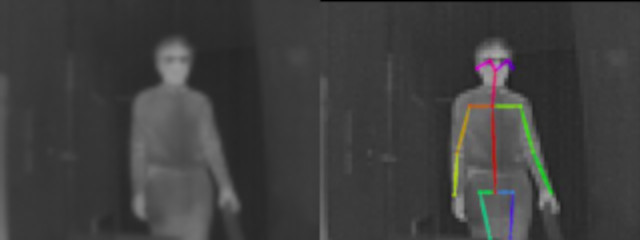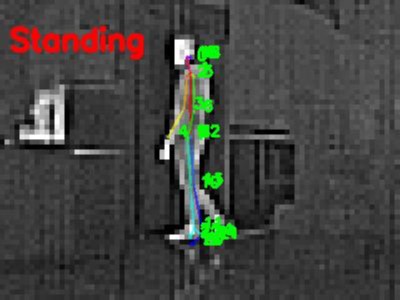Japanese society is experiencing a rapidly aging population with a declining birthrate, and this has led to a shortage of personnel engaged in nursing care, which has exhausted the nursing care industry that provides care services for the elderly, such as nursing homes and special care facilities.
As in hospitals, caregivers at these nursing homes respond to any changes in the condition of patients by making rounds and making nurse calls, but the increasing burden on caregivers due to the shortage of human resources has become a problem. However, the burden on caregivers is increasing due to a lack of human resources. Installing surveillance cameras in the rooms of caregivers would make it possible to provide detailed monitoring based on the caregivers' conditions, but there is some resistance to installing cameras in the rooms from the standpoint of privacy. For this reason, this project is working with Shinsei Electronics Co., Ltd. to develop a system that uses an infrared array sensor to enable steady monitoring while taking care of the privacy of the caregivers.
For this reason, we are researching algorithms for a watch-over system that can infer the state of a caregiver by applying a silhouette obtained from an infrared array sensor to a skeletal model and then performing posture estimation and action recognition on it using skeletal estimation based on deep learning techniques. Unlike ordinary visible light cameras, infrared sensor data loses many image features, so we are researching a new highly accurate skeletal estimation model for infrared data.




